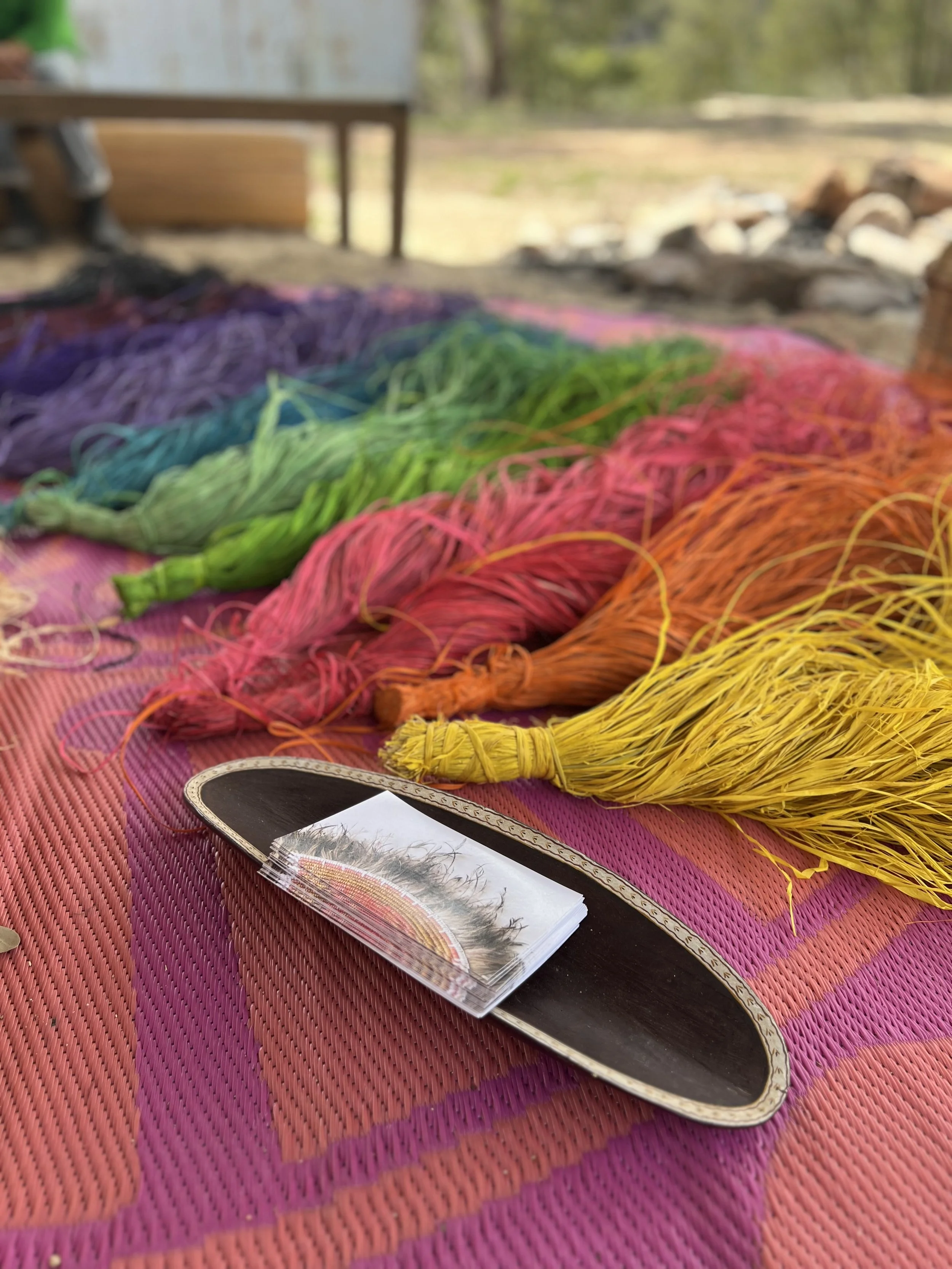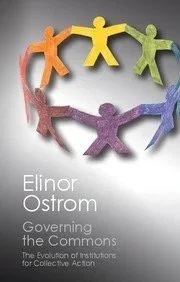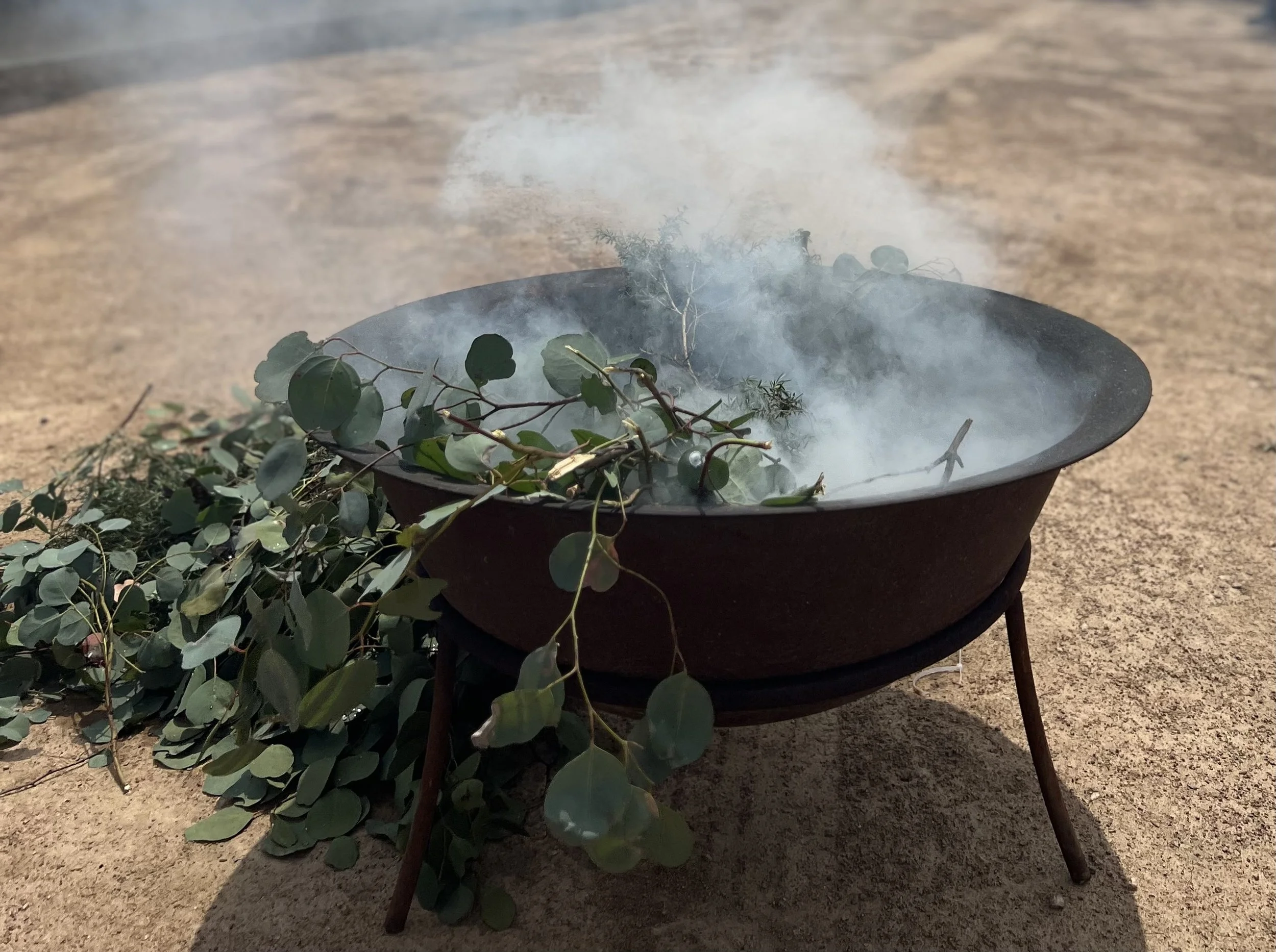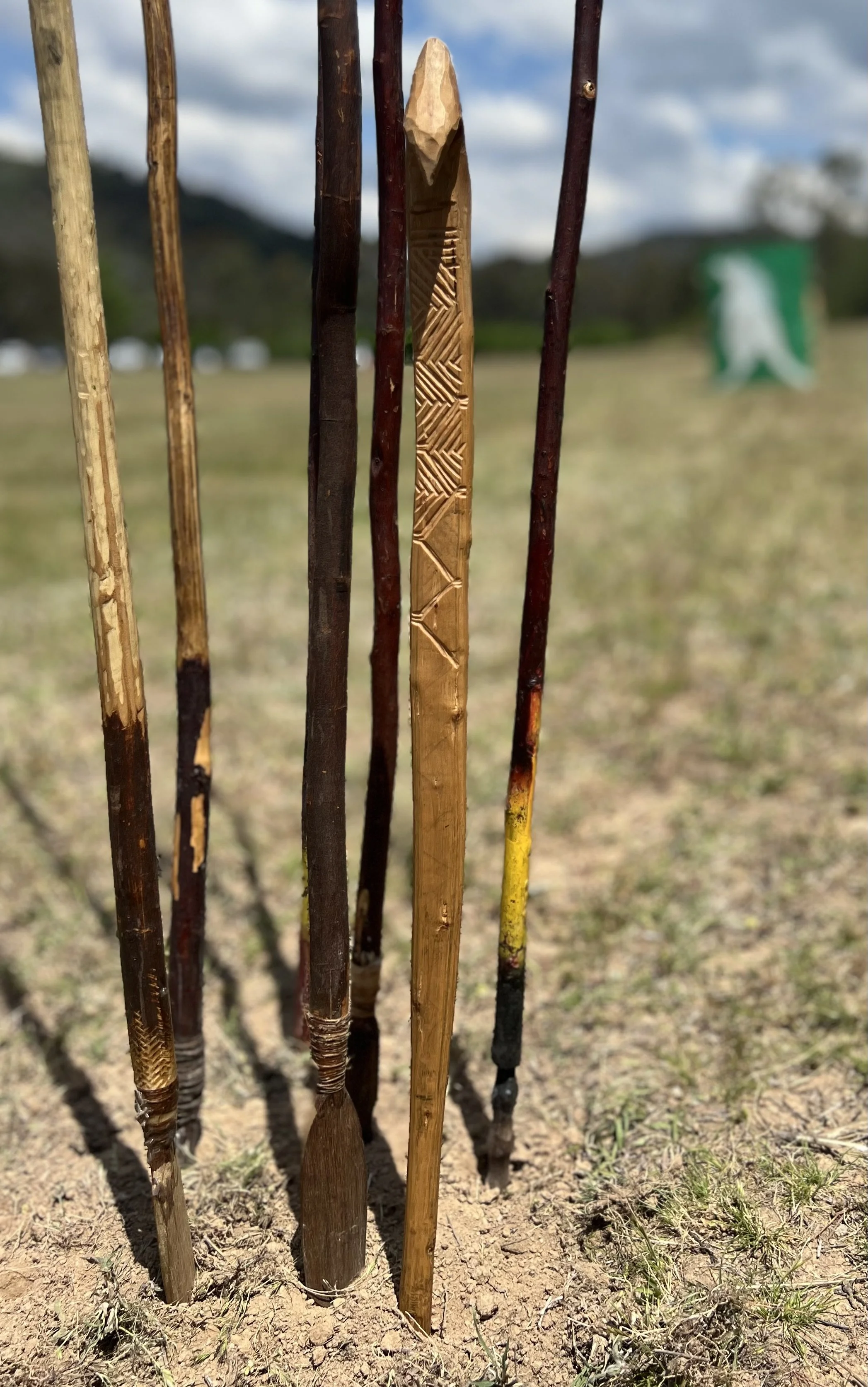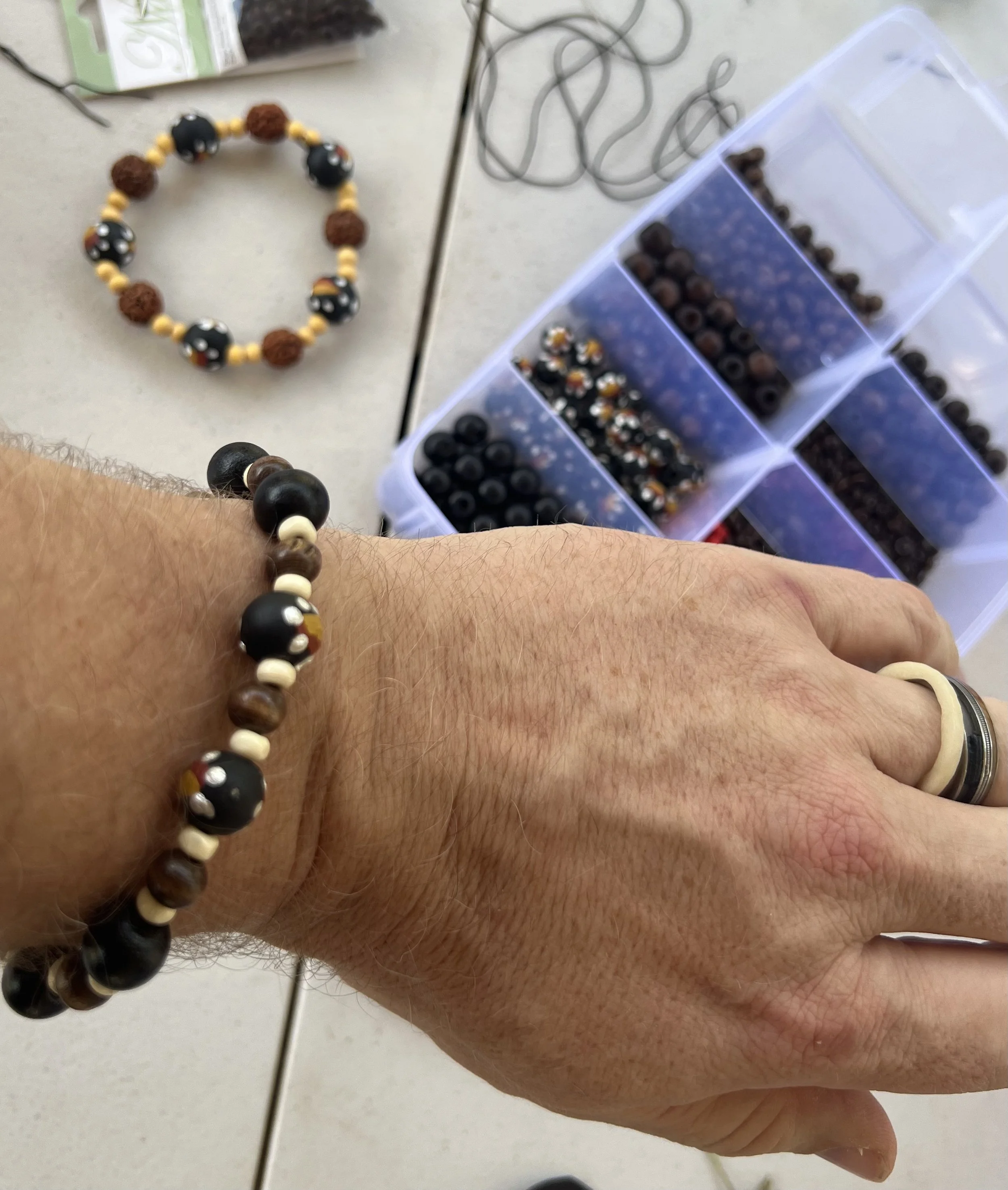Weaving connection
A reflection from spending a day with Community
‘Weaving connection’
Effective policy and program outcomes depend on authentic connection and collaboration with the communities that they effect.
This is something we all know. Policies made for people rarely work as well as those made with people. The difference isn’t sentiment. It’s systems intelligence.
Communities are not just stakeholders, they are sources of insight, ownership, and resilience. Collaboration increases trust, and legitimacy. When people have the opportunity to be a part of the solution, evidence shows that their engagement rises. The Organisation for Economic Co-operation and Development (OECD) and the United Nations Development Programme (UNDP) research confirm that participatory governance strengthens citizen trust and policy longevity. When communities co-design programs, compliance rises and conflict costs drop. Without this legitimacy, even ‘technically perfect’ policies fail.
Trust is the hidden infrastructure of good governance.
Think on this in your experience. I’ve seen many public sector initiatives and organisational change directives where the solution was already practically decided before the ‘consultation’. Almost always, they ended with reduced compliance, reduced engagement, and reduced efficacy,… because there was little space to capture, let alone incorporate, local knowledge.
Research consistently shows that local-led efforts outperform top-down approaches in long-term resilience. Nobel Memorial Prize winner, Elinor Ostrom’s work (Governing the Commons) demonstrated clearly that community-designed systems often outperform external regulation in managing shared resources.
And it’s easy to understand : collaboration with community integrates lived experience into formal systems, and building both uptake and durability of solutions formed.
It’s a principle I hold closely in all my work. In fact, when working on the first ever Australian National Male Health Policy, we drew on research into the social determinants of health - and the compelling evidence that shows that empowerment itself is a driver of wellbeing and health. Programs that build agency, build sustainability.
But when was the last time you met with, listened, learned from the communities that are served by the work of your agency? When did you make the space to really listen?
‘Welcome smoke’
This past Saturday, I had that opportunity. I attended a Community Day hosted Corroboree Group, a local majority-Indigenous-owned not-for-profit I’ve been spending time with. It was attended by people from across Canberra (Indigenous and non-Indigenous alike), Sydney, and regional NSW, all gathered in the spirit of shared learning and connection.
The weather was perfect: a soft spring sky, a gentle breeze along the banks of the Queanbeyan River. The scent of eucalyptus smoke drifted across the grounds as I walked from my car. I came to listen and to learn, and I wasn’t disappointed.
For as long as I’ve known the work of Corroboree Group, I’ve been impressed with the depth of experience and proven track record of service they’ve shown. Not just service to the Ngunnawal and Ngambri Community, but to the wider Canberra community through their work in creating pathways to long term Indigenous employment in order to make a real Indigenous difference, bringing prosperity to the Community from a grass roots level.
As the day unfolded, I walked the grounds, joining conversations with hosts, and guests alike. What was reinforced for me were the stories that reminded me: leadership without listening becomes administration; leadership with listening creates relationship… and relationship enables change.
In fact, if you look at Reconciliation Australia’s Workplace RAP (Reconciliation Action Plan) Impact Report (2023), it shows that workplaces with meaningful engagement and two-way learning from Indigenous staff reported higher trust, innovation, and employee satisfaction. These are not ‘soft’ benefits. They are structural advantages in knowledge, innovation, and legitimacy.
‘Craft and continuity’
‘Grounded in Country’
At the Community day I participated in activities for the adventurous and creative souls alike. Being a bit of both, and eternally curious about people, and their stories, I was first pulled toward a table which held many hand made items. Artistry and functionality perfectly blended in clapping sticks, shields, and boomerangs, which were displayed under a shaded tent, and then offered for use (after instruction).
Nearby, in the ground and near a painted kangaroo target, were a number of hand made spears and a beautiful carved woomera, which is an instrument used to maximise the leverage and aid in throwing the spear. While I did stick the target a couple of times, my skills would need some more concentrated practice if I was ever to be a successful hunter.
‘Hands at work’
Later, I sat in the shade, beside a path leading to the river, where I joined a small group who were making beaded bracelets and weaving some beautifully coloured fibres. The group was mixed (Indigenous and non-Indigenous) talking quietly, listening, sharing stories, hands moving in rhythm. The simple act of making something together connected us.
Listening is leadership.
It’s how trust is build, and how real change beings. It isn’t about being the loudest voice or the ‘one with the plan’… it’s about creating the conditions for listening, and ensuring everyone has the agency to bring their insights forward.
‘Shared flavours’
Like the native spices, laid out on the table that day, each person’s experience adds flavour and insight to what we create together.
Walking away that afternoon, I felt quietly grateful for the invitation to witness, to learn, and to walk alongside such a grounded and generous group of people.
If you’re a leader seeking to build genuine partnerships (across teams, sectors, or communities) there’s much to learn from those who model collaboration in this way.
Not as a theory, but as a way of being.
And perhaps that’s where the invitation lies for all of us. To pause, and ask:
How well are we listening to the voices already within our walls (especially our Indigenous colleagues and partners)?
How often do we create space for their insight, not just their presence?
Because reconciliation isn’t a program… it’s a practice.
And leadership, at its best, begins with listening.

